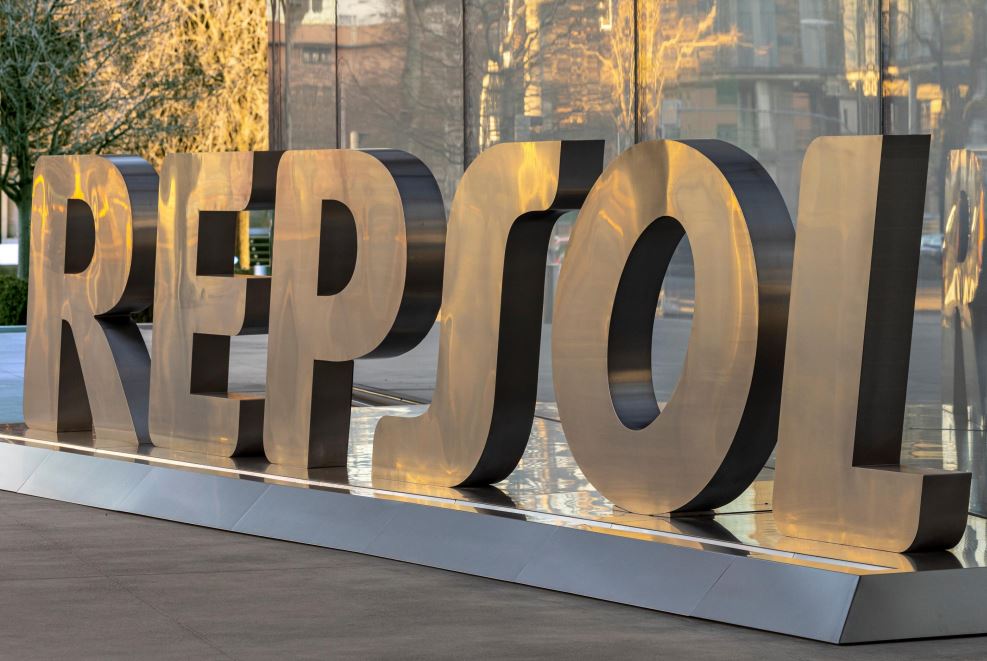Spain’s push to become a hydrogen powerhouse took another step forward this week, as Repsol secured €315 million in public funding for its electrolyzer projects in Bilbao and Cartagena. The final approval by the Spanish Institute for Energy Diversification and Saving (IDAE) under the IPCEI Hy2Use framework confirms the state’s growing commitment to green hydrogen, despite unresolved questions about the commercial viability and energy returns of such large-scale investments.
The approval grants €155 million for the Cartagena facility and €160 million for Bilbao, where Repsol plans to install 100 MW electrolyzers in each location. These are among the largest proposed installations in Spain and form part of Repsol’s wider decarbonization roadmap. Together, the two projects are expected to mobilize capital investments of over €657 million.
But as the scale grows, so do the stakes—and the scrutiny.
Subsidy Strategy or Market Signal?
The financial backing comes at a time when the profitability of green hydrogen remains unproven without state support. Repsol CEO Josu Jon Imaz has previously argued that while green hydrogen is not yet profitable from a tax standpoint, it remains strategically viable for capital-intensive investment. This subsidy approval appears to validate that position. Yet, questions persist about whether public funds are being directed toward technologies with clear cost reduction trajectories or simply maintaining early movers afloat in a high-risk market.
Spain’s Hy2Use participation is part of a wider European strategy to secure a domestic hydrogen supply chain, reduce industrial carbon emissions, and avoid reliance on external energy sources. The program has channeled €794 million in total to seven projects, with an expected mobilization of over €6 billion in investment and 652 MW of planned electrolyzer capacity.
While the headline capacity additions are significant, the numbers tell a more complicated story. For instance, even if all funded projects hit their targets, they represent only a small fraction of the 20 GW of electrolyzer capacity the EU aims to reach by 2030. Spain alone targets 4 GW by that year. With Repsol’s 200 MW accounting for just 5% of that national target, the scalability of such projects remains uncertain.
Technical and Economic Uncertainties Linger
Hydrogen production via electrolysis remains energy-intensive and costly, especially when relying on intermittent renewables. No information has been disclosed about the capacity factor or expected utilization rates of the planned electrolyzers—key metrics for evaluating project feasibility. With Spain’s renewable capacity continuing to face curtailment and grid bottlenecks, integrating 100 MW-scale electrolyzers will test local infrastructure limits.
Repsol has already piloted a 2.5 MW electrolyzer at its Petronor refinery in the Basque Country, investing €8.9 million. However, scaling from that size to 100 MW introduces new challenges in storage, compression, and integration with the downstream offtake.
Moreover, the strategic uses of hydrogen remain underexplored. Neither project has provided detailed disclosures on industrial offtakers, long-term purchase agreements, or whether the hydrogen will be used for refining, mobility, ammonia synthesis, or grid injection. Without clear demand-side commitments, the investment risks becoming a supply-led initiative with uncertain absorption.
Policy Alignment vs. Execution Realities
The Hy2Use program aims to align Member State industrial strategies with EU policy pillars, including the Green Deal and REPowerEU. However, the gap between policy ambition and project execution is becoming more evident. While Spain boasts one of the most ambitious hydrogen roadmaps in Europe, it has struggled to create bankable conditions for private investment without heavy public co-financing.
Projects like Endesa’s in Aragón and Iberdrola’s ammonia-focused initiative in Puertollano similarly rely on significant subsidies to proceed. Without an effective hydrogen market—characterized by clear pricing mechanisms, standard contracts, and demand aggregation—the burden of risk remains skewed toward public institutions.
As Repsol embarks on building two of Spain’s largest electrolyzers, its success will likely shape perceptions of green hydrogen’s viability in the country. Yet success should not be measured by installed capacity alone. Load factors, integration efficiency, and end-use economics must be scrutinized closer.
The real test will come post-commissioning. Whether these projects deliver tangible emission reductions, cost savings, and industrial decarbonization, or become showcases of subsidized infrastructure without scalable returns remains an open question for policymakers and investors alike.





